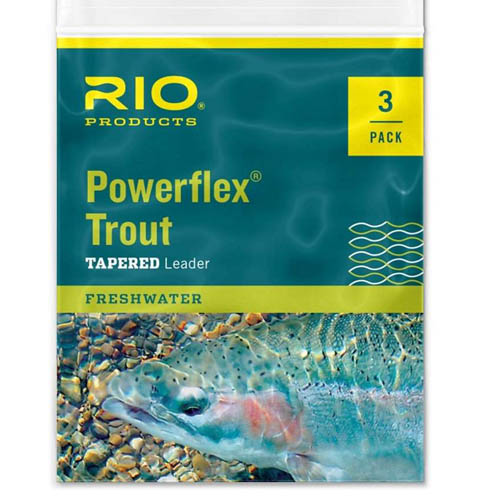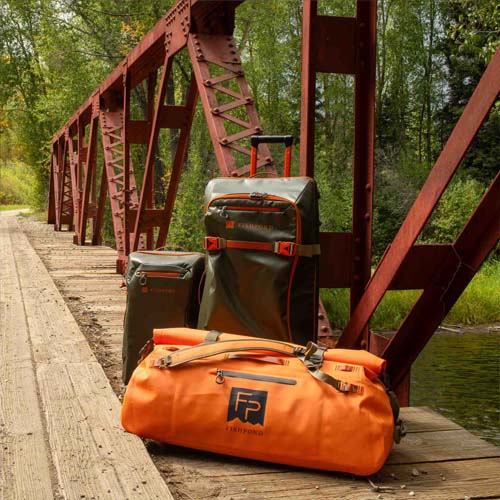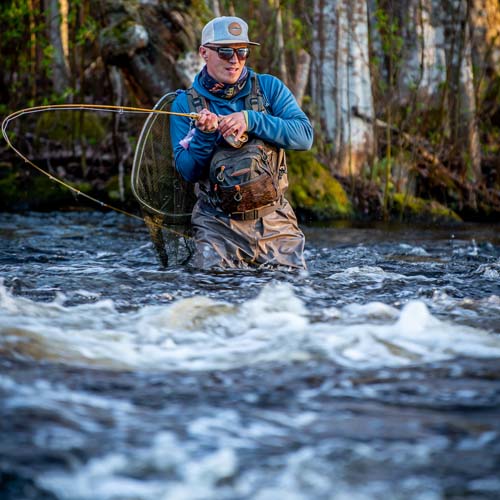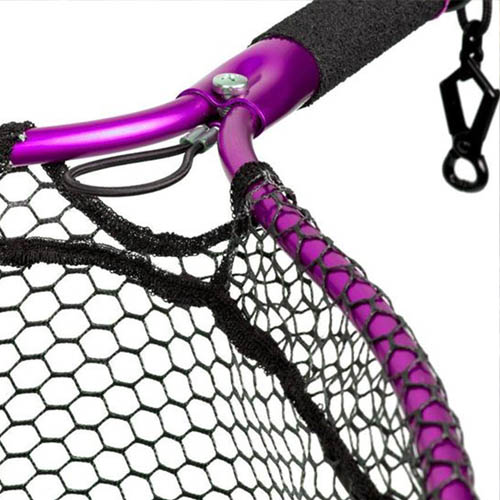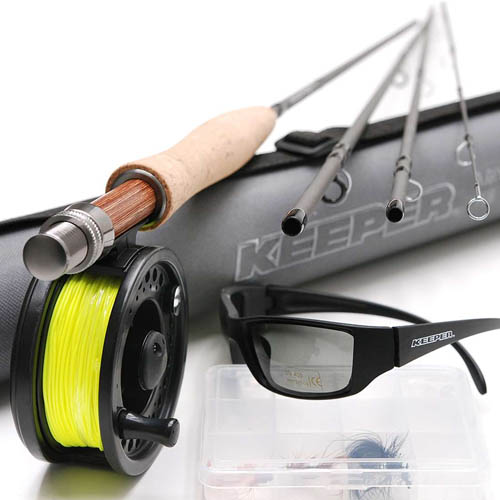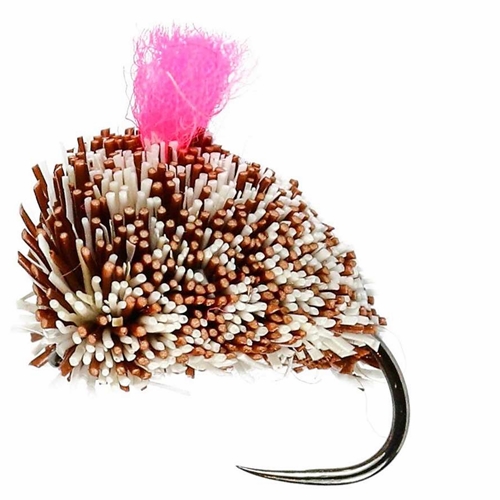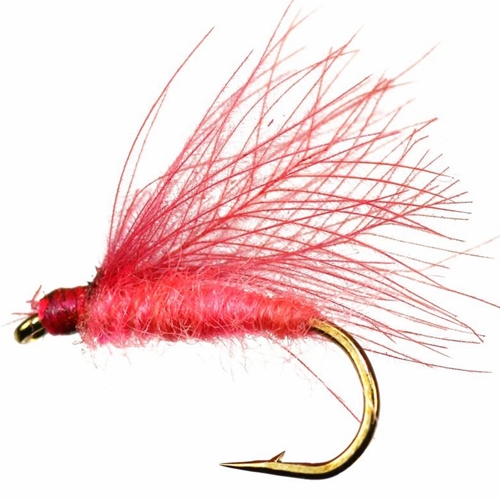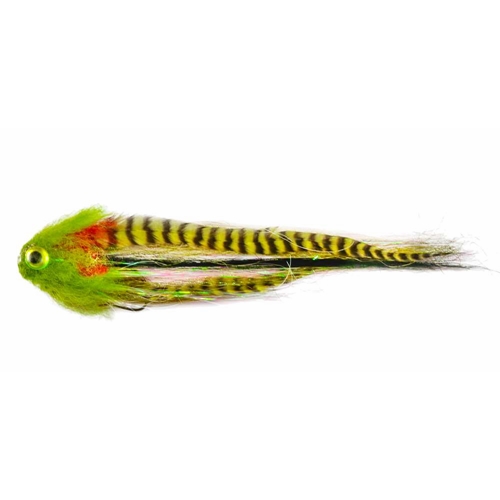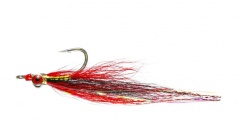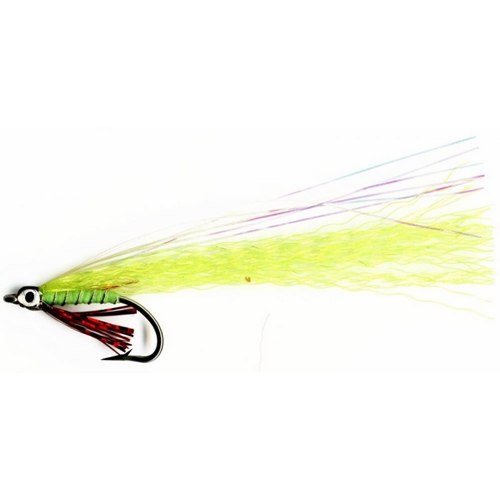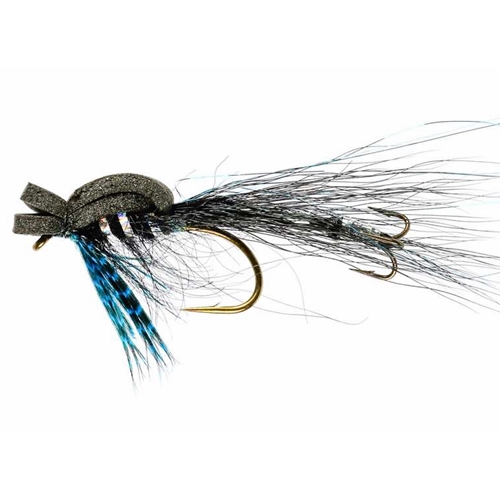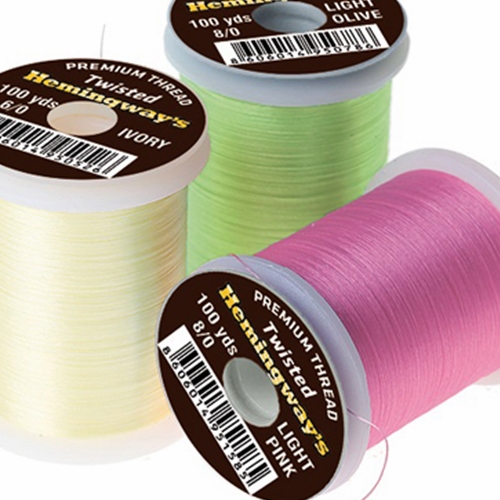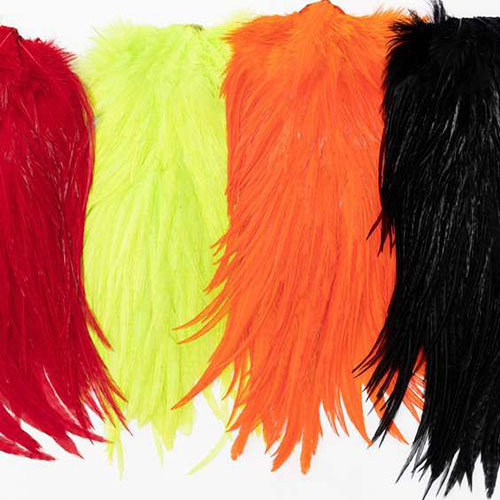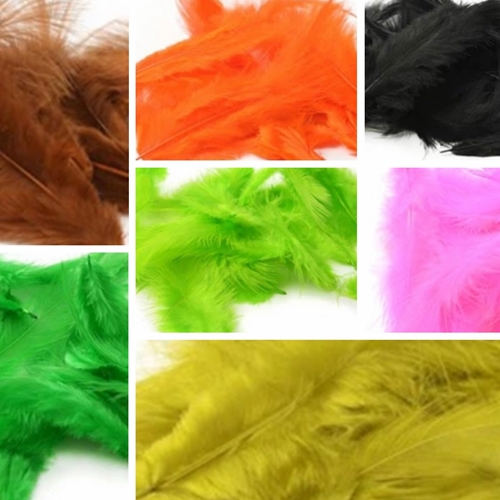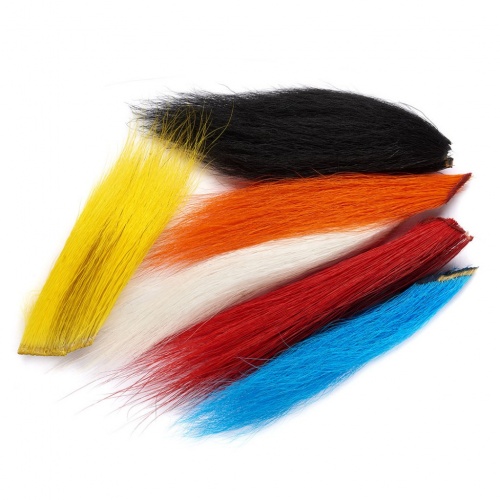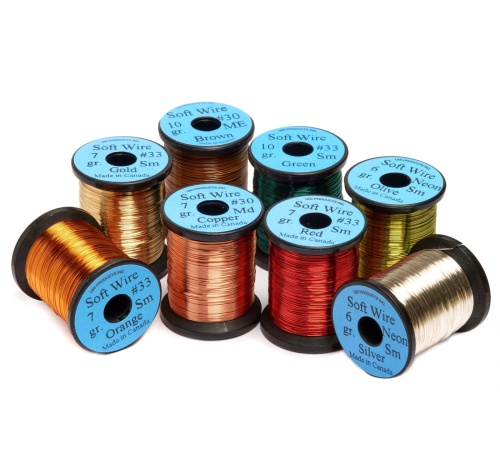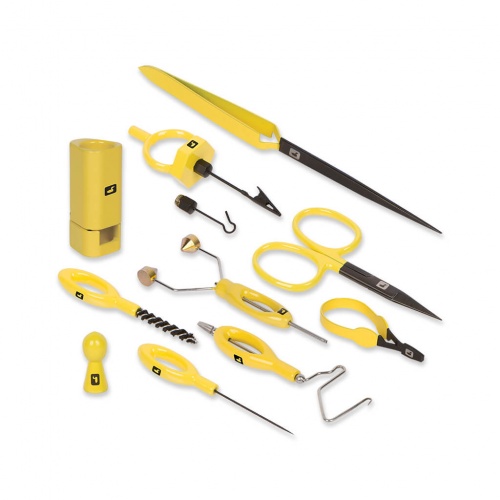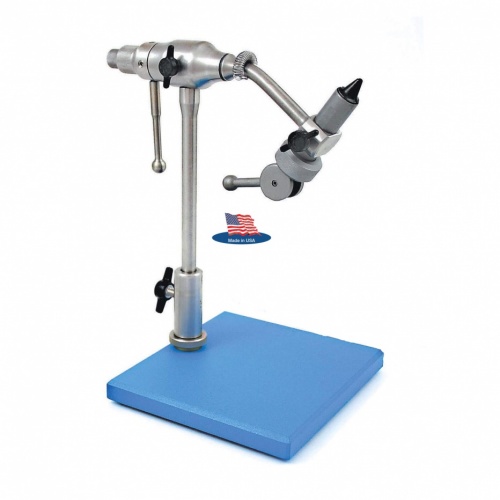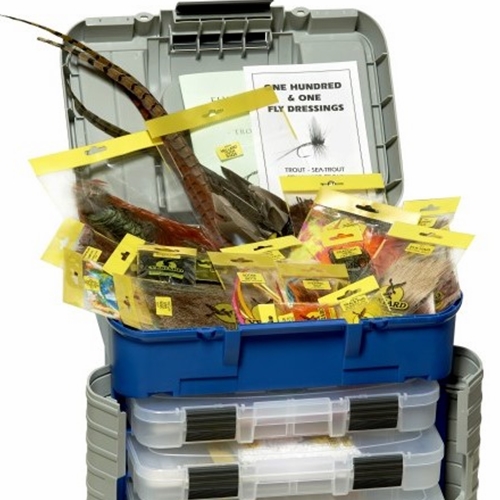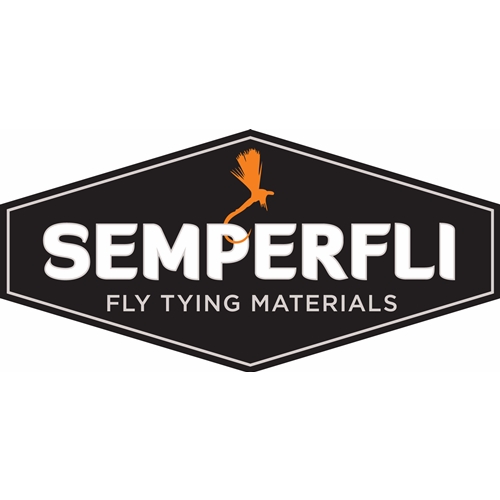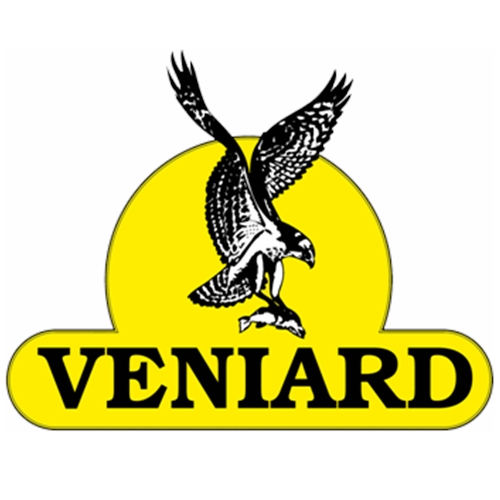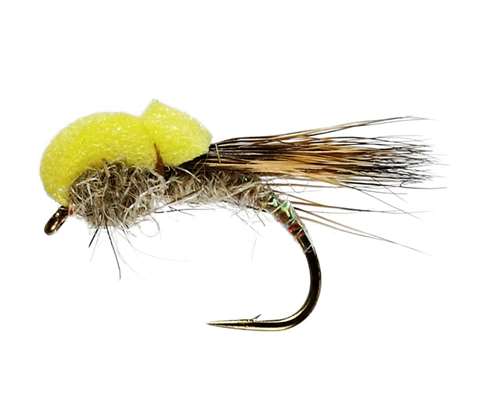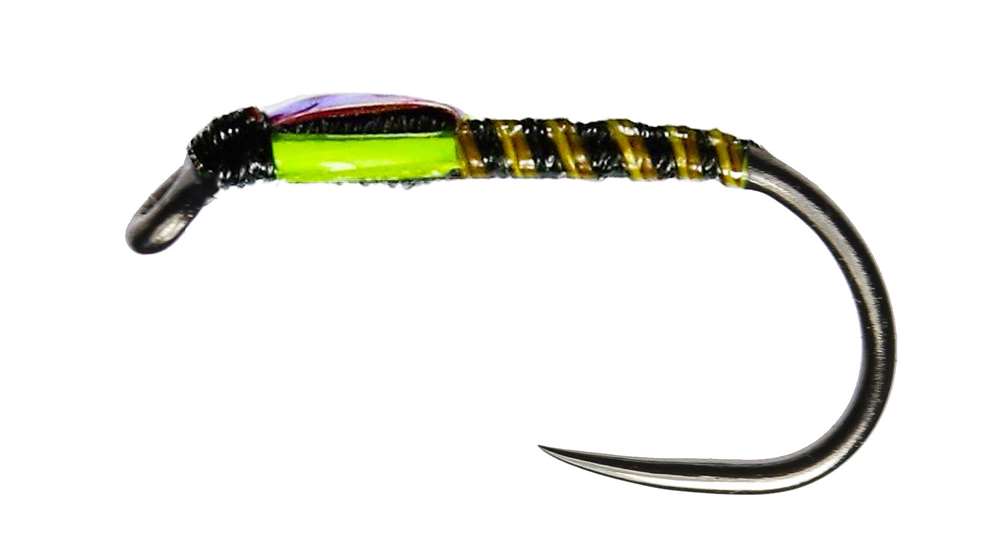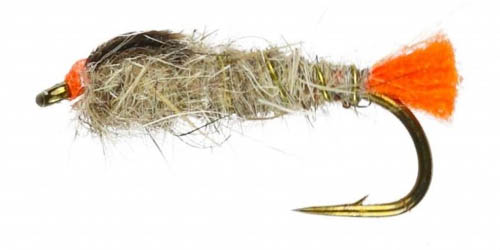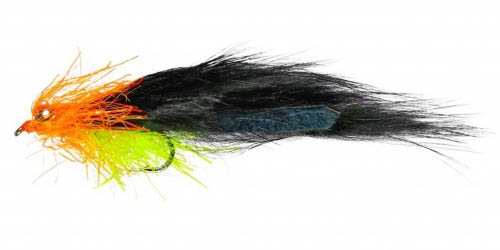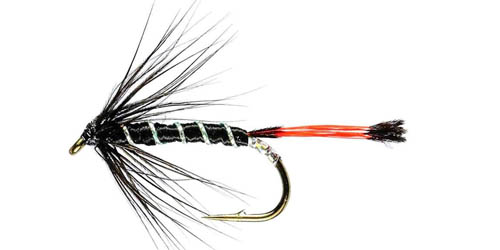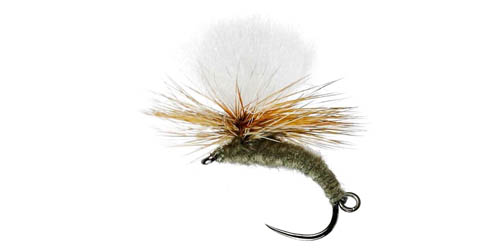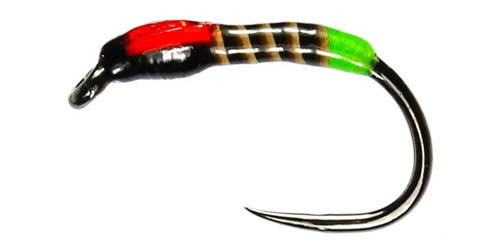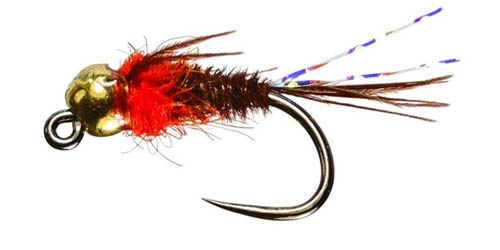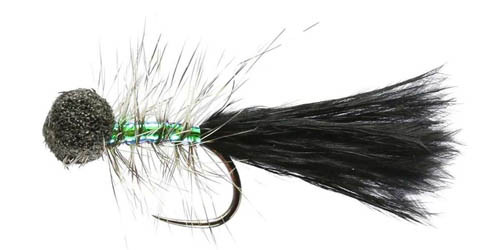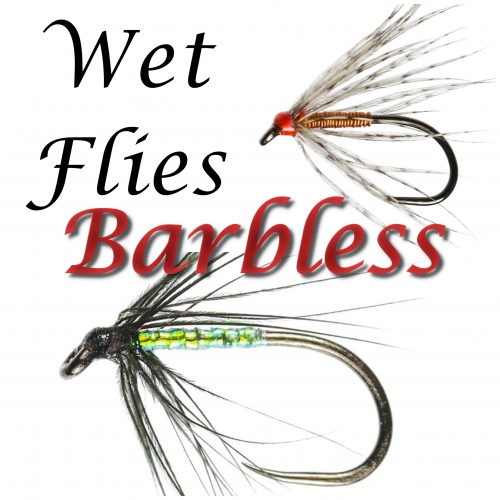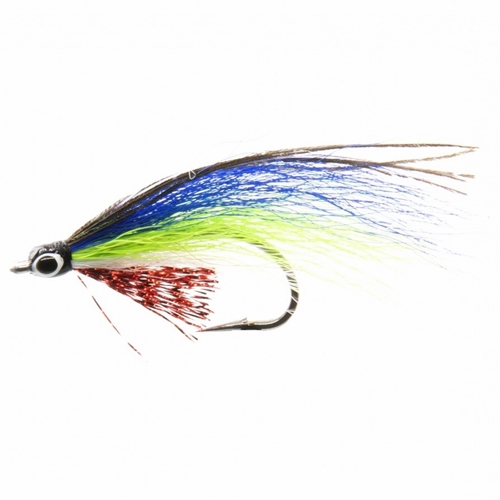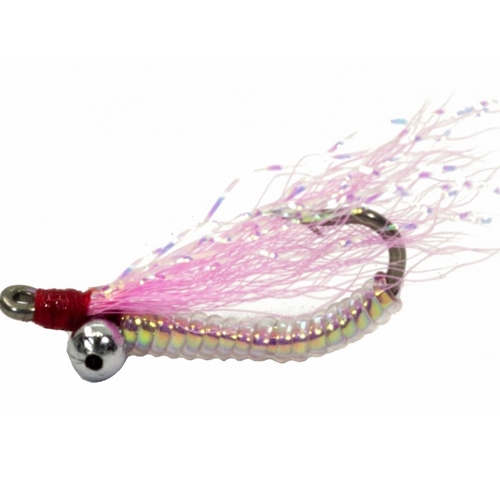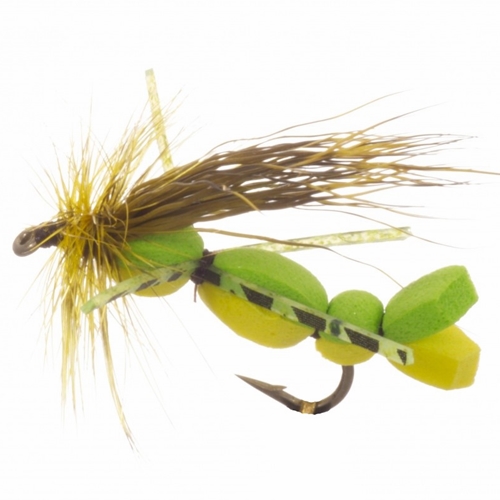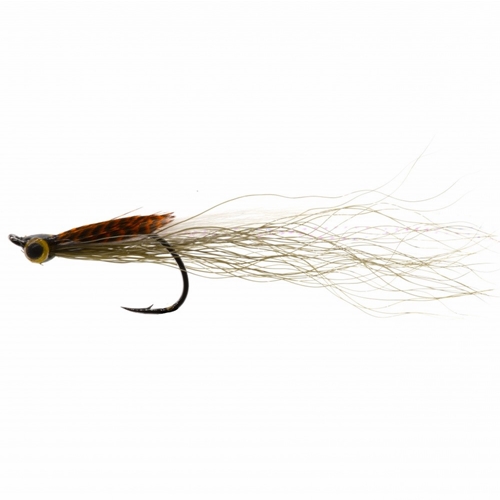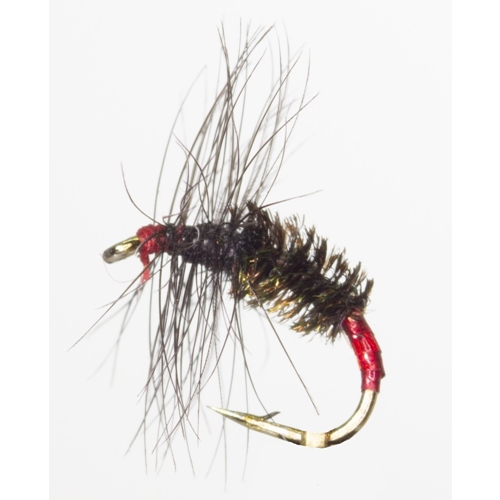Fly Fishing Glossary D's
Fly-Fishing can often be confusing to beginners to the sport because fly-fishermen talk and write in a strange language using words not always in standard use. To help take some of the confusion out of the terms bandied about by fly fishermen we have compiled this glossary.
[ A ] [ B ] [ C ] [ D ] [ E ] [ F ] [ G ] [ H ] [ I ] [ J ] [ K ] [ L ] [ M ] [ N ] [ O ] [ P ] [ Q ] [ R ] [ S ] [ T ] [ U ] [ V ] [ W ] [ X ] [ Y ] [ Z ]
DDamping: reducing excess vibrations in the rod blank when unloading the fly rod during a cast. This causes fewer waves in your fly line resulting in more power & distance for less effort.
Damsel fly: the Damsel fly is an important stillwater aquatic insect most commonly imitated in the damsel nymph nymphal form; usually hatches in early to mid-summer. Adult looks like a dragonfly, but folds its wings along its back when at rest.
Dapping or Dapping Fly: A relatively ancient technique of presenting a fly on the surface of the water where the fly is connected to a short piece of line on a long rod. The fly is then touched on the surface of the water, immediately over an place where a fish might lie.
Dead Drift: a perfect float (the fly is traveling at the same pace as the current); used in dry fly, buzzer and trout nymph fishing (see mending line and "S" cast).
Dessicant: A powder used to dry fishing flies that have become waterlogged, Semperfli Desert Dust is a dessicant
Diawl Bach: a range of Diawl Bach flies from Wales, deadly on stillwaters, Diawl Bach, is Welsh for ‘little devil’.
Disk drag: A mechanical system on more expensive fly reels whereby resistance is created to the line as a fish pulls it out. This resistance is intended to slow the fish and tire it. The resistance proper is created by applying pressure between two disks. Different from the click drag, the disk drag is smoother and less likely to create a sudden force that will break the line
Deer Hair: most commonly Deer Hair is used of the hollow hairs for fly tying; used for the Humpy and the Muddler Minnow styles of flies.
Double Handed Rod: A rod that is held with two hands to cast, usually longer rods 12 o 15 feet used for Salmon Fly Fishing
Double haul: The term for the cast where the caster quickly pulls and releases the line on both the back cast and the forward cast of the fly rod. It is used to create greater line speed, enabling the caster to reach farther or cut through wind.
Double Taper (DT): a standard fly line design in which both ends of the flyline are tapered, while the greater portion or "belly" of the line is level; excellent line for short to moderate length casts, and for roll casting; not as well suited for distance casts; commonly available in floating, or sinking styles.
Drag: (1) term used to describe an unnatural motion of the fishing fly caused by the effect of the current on line and leader. Drag is usually detrimental, though at times useful (such as imitating the actions of the adult caddis). (2) Resistance applied to the fly reel spool to prevent it from turning faster than the line leaving the spool (used in playing larger fish).
Dragonfly: a stillwater aquatic insect most commonly imitated in the nymphal form as a dragonfly nymph; usually hatches in early to mid-summer. Unlike the Damselfly, the Dragonfly adult holds its wings straight out (like an airplane) when at rest. See our stunning video of an emerging Emporer Dragonfly
Droppers: A practice of fishing two flies or more fishing flies at the same time is to use droppered leaders, often one on the surface and a second underwater or a team of flies under water. This increases the chances of getting a successful fly in front of a fish.
Dry fly: A fly constructed of water resistant, lightweight and buoyant materials so as to imitate a insect that alights or floats on the surface of the water is called a Dry fly.
Dry Fly Floatant: Gink is one of yhe brands of Dry Fly Floatant is a chemical preparation that is applied to a dry fly (before using the fly) to waterproof it; may be a paste, liquid, or aerosol.
Dubbing: A Fly tying material, dubbing (usually strands or fibrous, including fur, yarn, wool, or synthetic fibers) that are wrapped onto a thread (commonly using wax) and wrapped around the shank of the hook to imitate the abdomen and/or thorax of an artificial fly.
Duncan's loop: A monofilament knot used most often to tie a tippet to the eye of a hook. Also called a uni-knot.
Dun: (1) first stage in the adult mayfly's life cycle; usually of short duration (1 to 24 hours); this is the stage most often imitated by the dry fly; (2) a darkish gray-blue colour that is very desirable in some fly tying materials.







